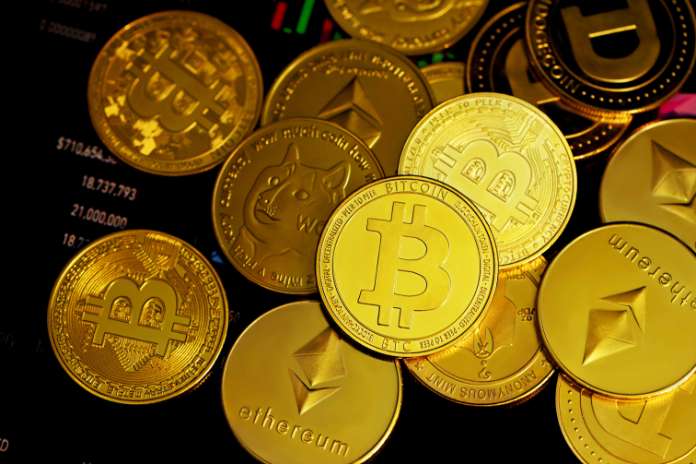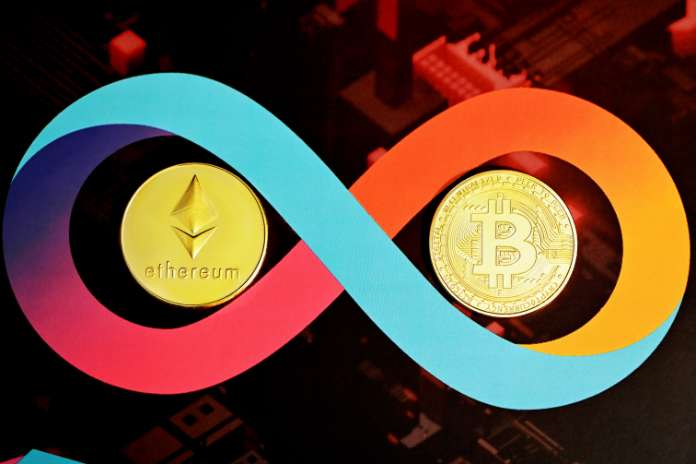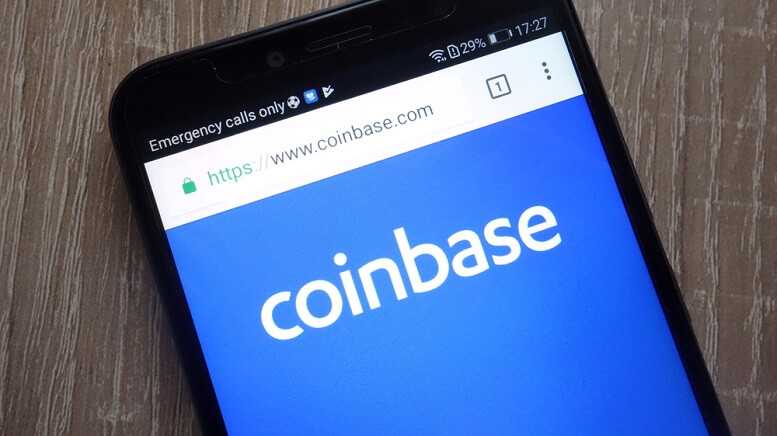Bitcoin Surges Past $80K Milestone

Bitcoin has reached a significant milestone by surpassing the $80,000 mark for the first time, marking a new all-time high in its price. This achievement highlights the growing acceptance and interest in cryptocurrencies as more investors seek alternative assets amidst global economic uncertainties.
The recent surge in Bitcoin’s price can be attributed to a variety of factors, including increased institutional investment, regulatory clarity, and the growing popularity of decentralized finance (DeFi) platforms. As more traditional financial institutions explore blockchain technology and integrate digital currencies into their portfolios, Bitcoin has solidified its position as a viable investment vehicle.
Institutional investors, such as hedge funds and mutual funds, have played a pivotal role in driving up Bitcoin’s price. Their involvement has not only provided legitimacy to the cryptocurrency market but has also attracted retail investors seeking to capitalize on the digital asset’s potential for high returns.
Moreover, advancements in regulatory frameworks have contributed to Bitcoin’s recent price rally. Countries that previously imposed strict regulations on cryptocurrencies are now adopting more favorable stances, offering clearer guidelines for businesses and investors. This shift has instilled confidence in the market, encouraging further investment in Bitcoin and other digital currencies.
The rise of DeFi platforms has also played a crucial role in Bitcoin’s price increase. These platforms enable users to engage in financial activities such as lending, borrowing, and trading without the need for traditional intermediaries. The growing popularity of DeFi has increased demand for cryptocurrencies, further driving up their value.
Despite the excitement surrounding Bitcoin’s price surge, some experts caution that the market remains volatile. Cryptocurrencies are known for their price fluctuations, and investors should be prepared for potential corrections. However, the long-term outlook for Bitcoin remains positive, with many predicting continued growth as blockchain technology and digital currencies become more integrated into the global financial system.
As Bitcoin continues to break new ground, it captures the attention of both seasoned investors and newcomers to the cryptocurrency market. The recent price milestone is a testament to the enduring appeal of digital assets and their potential to reshape the future of finance.
Featured Image: Unplash @ Kanchanara



